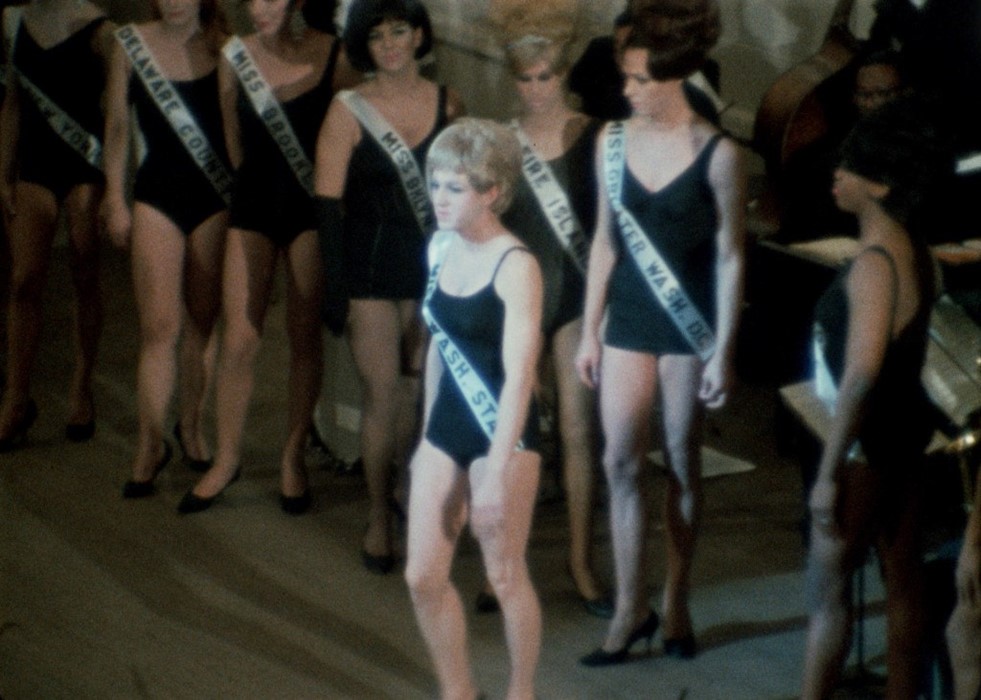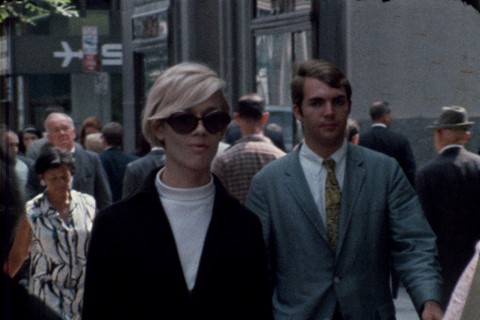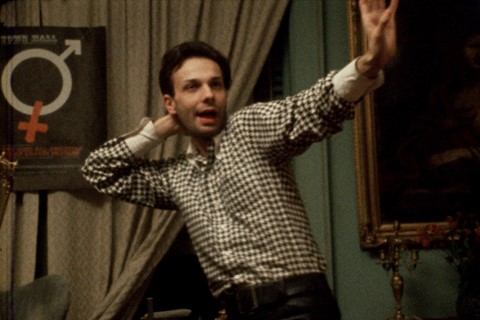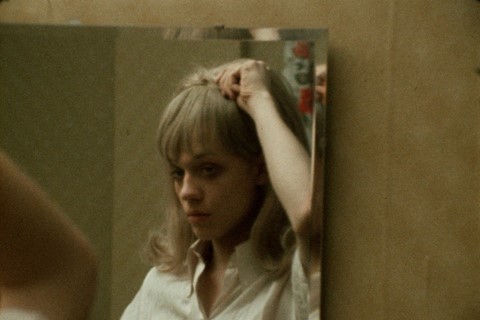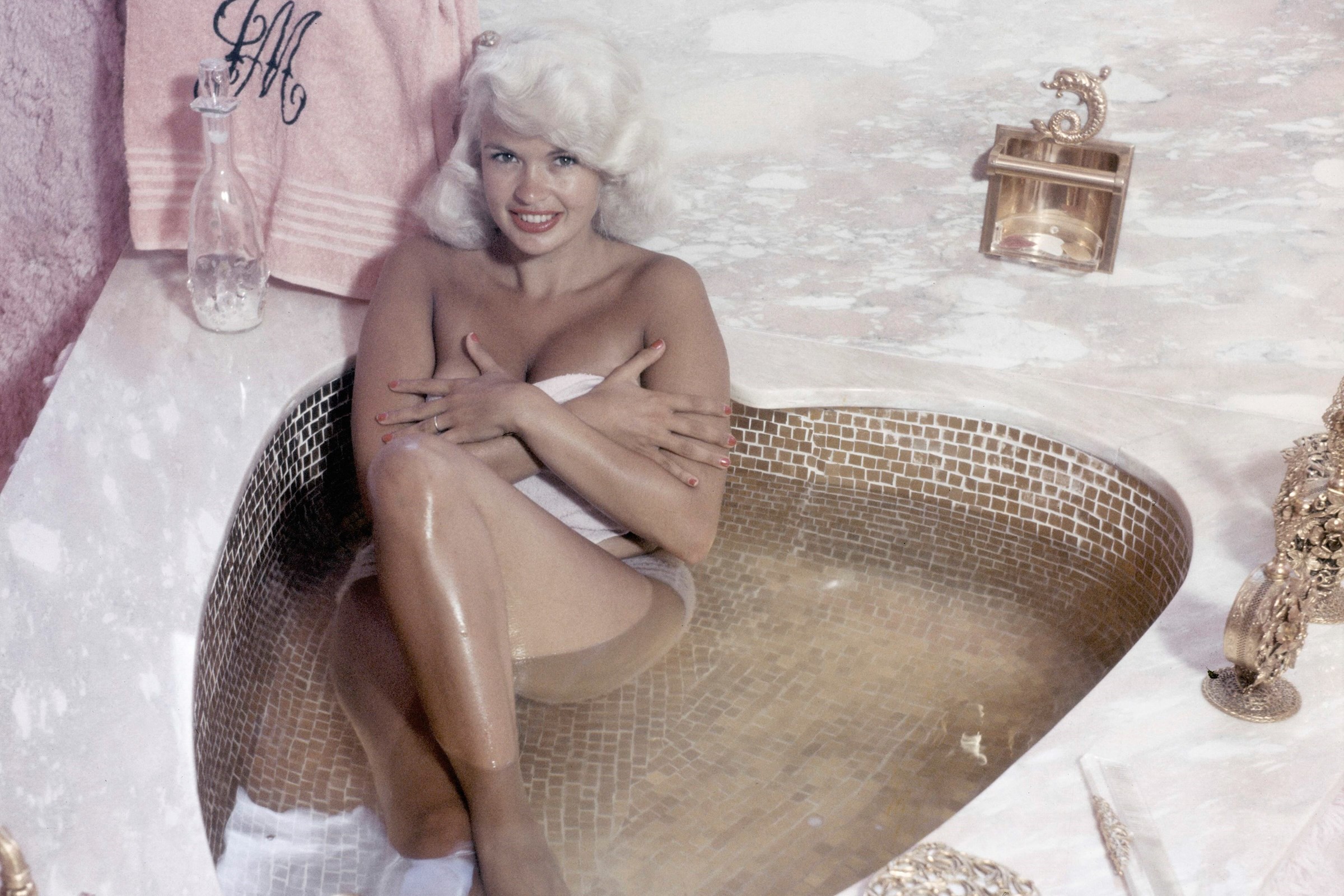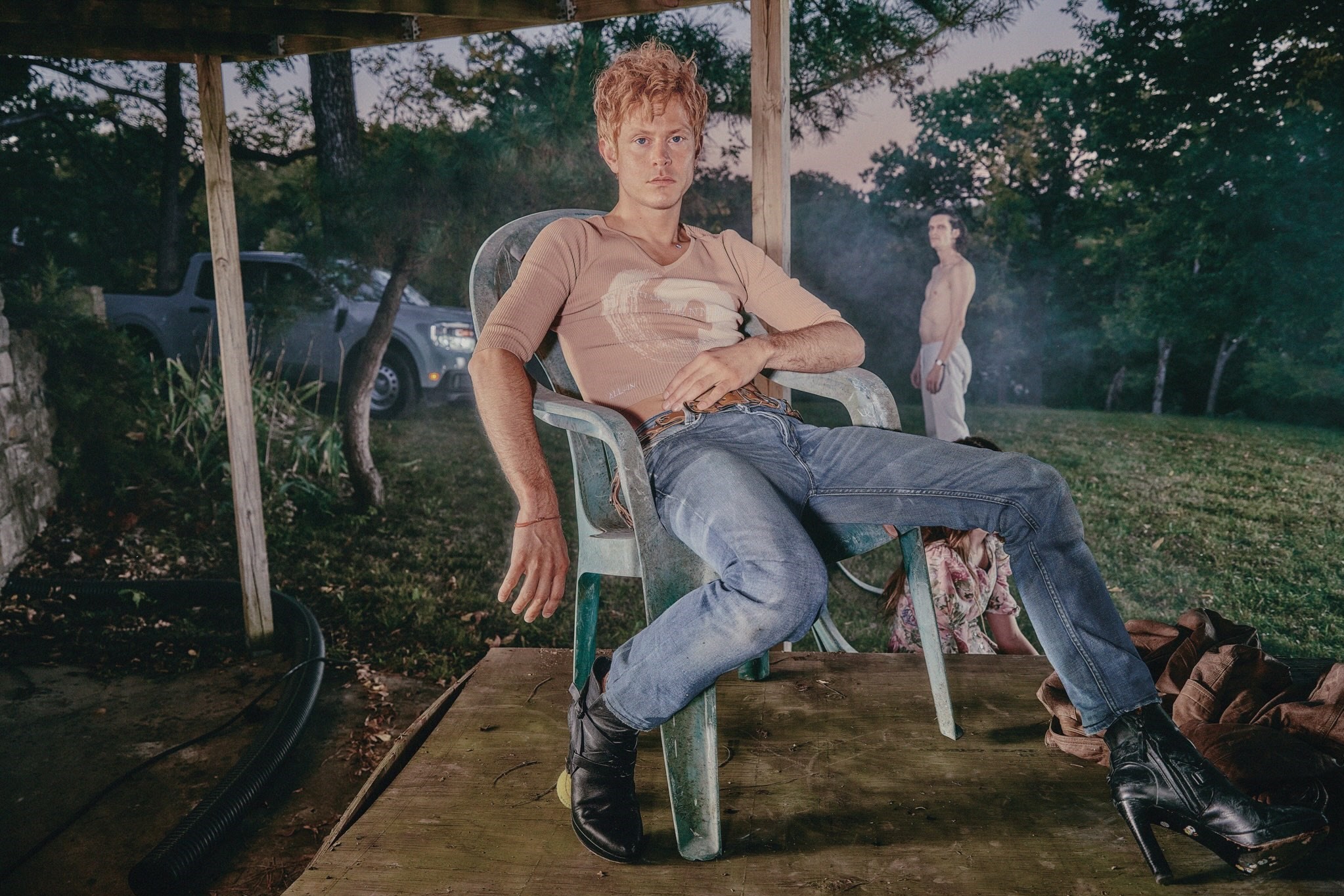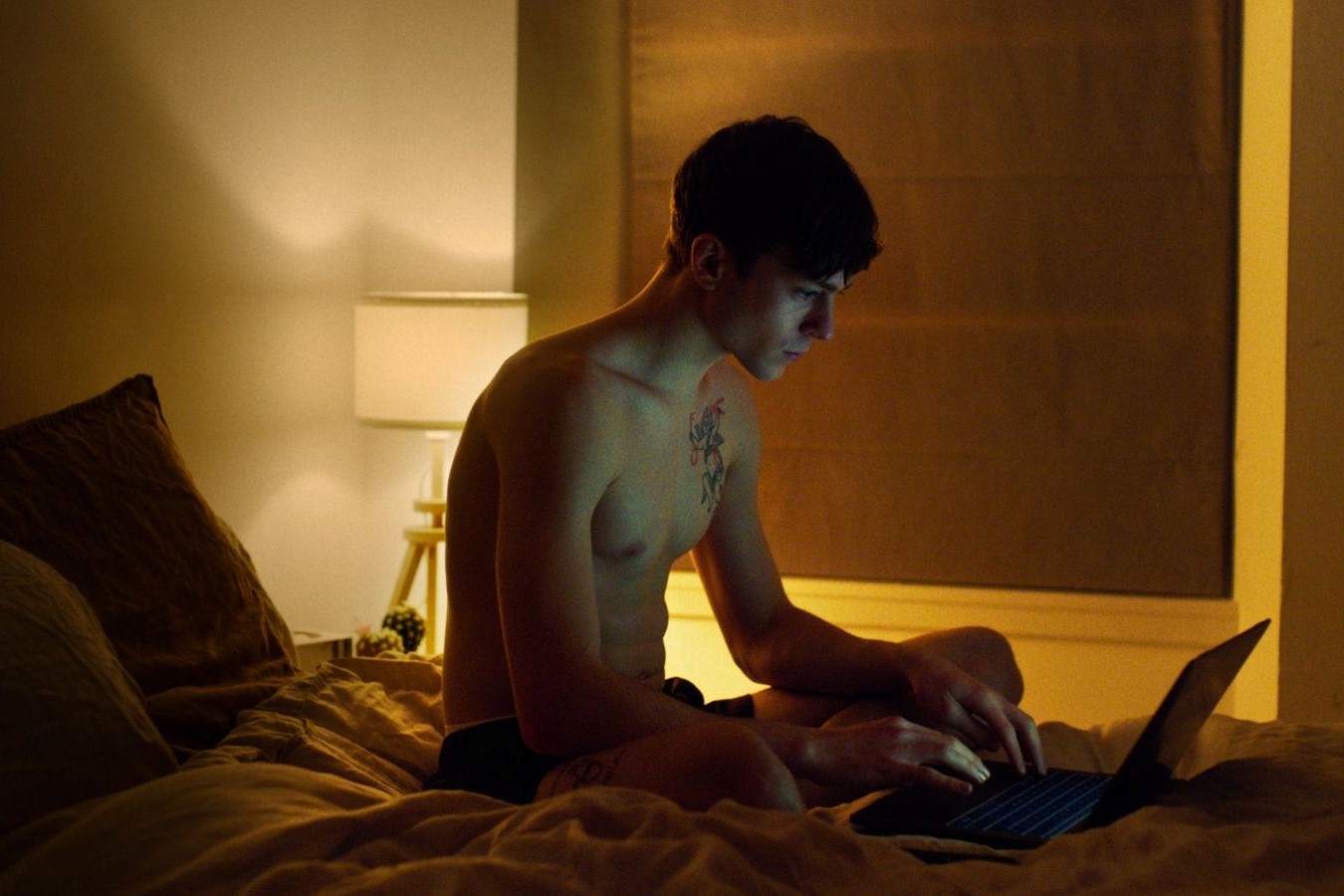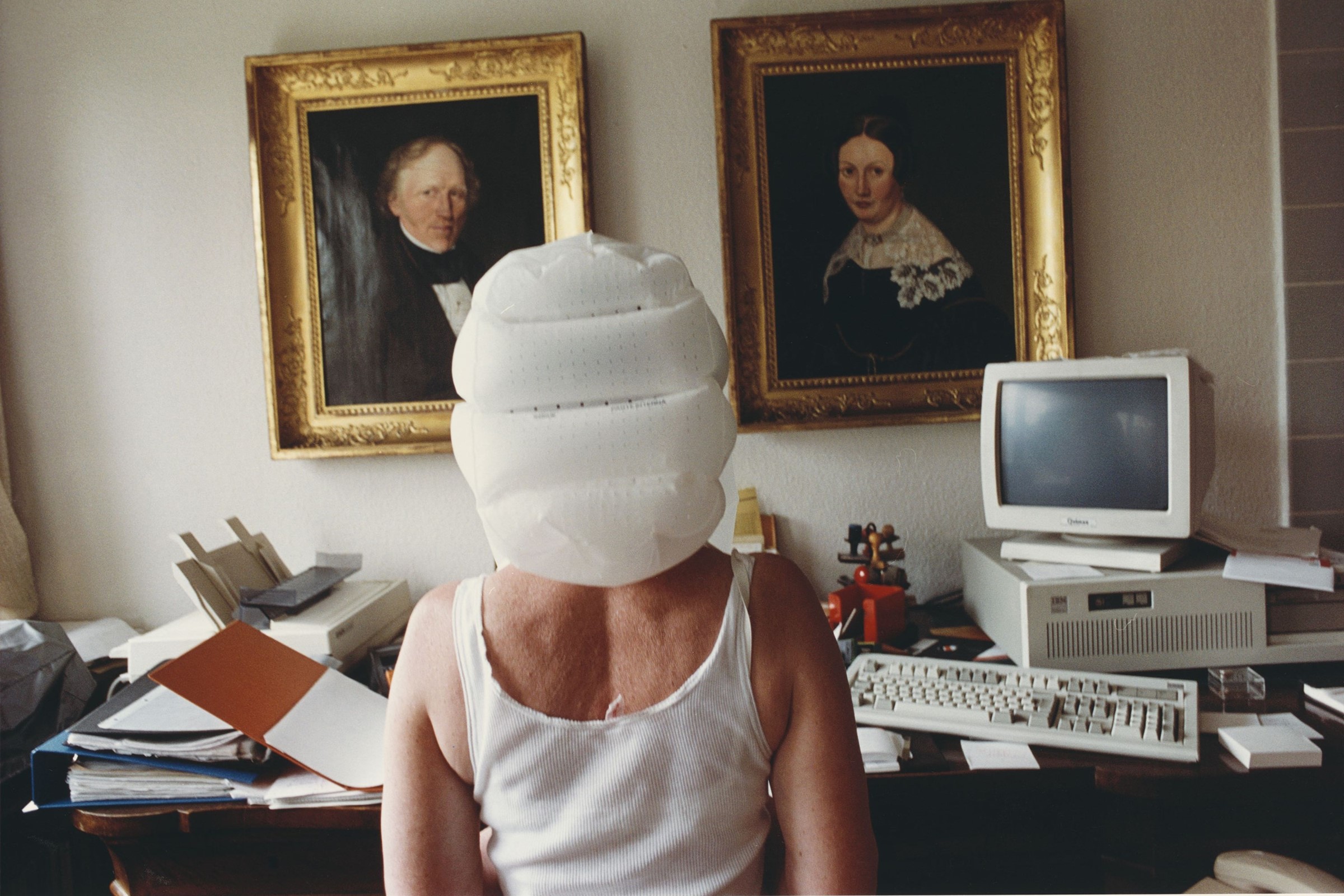Before Paris Is Burning, RuPaul’s Drag Race and Pose, there was The Queen: a 1968 documentary capturing the finale of the Miss All-America Camp Beauty Pageant, now back in theatres
Future drag luminaries International Chrysis, Mario Montez and House of LaBeija founder Crystal LaBeija take to the stage. Diane Arbus is there with her camera; Andy Warhol is a judge. It’s the finale of the 1967 Miss All-America Camp Beauty Pageant at New York City Town Hall, as captured in Frank Simon’s 1968 documentary The Queen. Unspooling languidly, despite a succinct runtime of just over an hour, the film is an intimate glimpse into the relationships, antagonisms, and minutiae of life in the run up to the pageant’s final performances.
Despite its starry cast, perhaps the most interesting person who emerges is the pageant’s organiser and host, Mother Flawless Sabrina (credited in the film as Jack Doroshow). At the time of filming, Flawless, who died in late 2017, was still only 28, but she had been running pageants for nearly a decade. (In the film, in the tradition of all the best grand doyennes, she shaves a couple of years off her age – “Look, I’m 24 years old but in drag I come on 110, and I do this whole bar mitzvah mother thing,” she says.)
“She was really in every corner of America between 1959 and 1969,” the multimedia artist and producer Zackary Drucker, one of Flawless’ chosen granddaughters and co-founder of the Flawless Sabrina Archive, tells me over the phone. Flawless and her entourage would operate these nationwide pageants like a classic phone outreach campaign; they’d arrive in small cities, feel out where the LGBTQ scene was based – “usually a coffee shop” – and make contact with local queens, who would in turn call in their own connections.
Flawless’ motivations, at least in part, were commercial. She supported her own mother and grandmother by running the pageants, and for a time she was even the family breadwinner. And like many who are prescient enough to be instrumental in a scene, for her, part of the appeal was that it was underground. By February 1967, she’d noticed drag was catching on, and her own interest in running pageants began to fade.
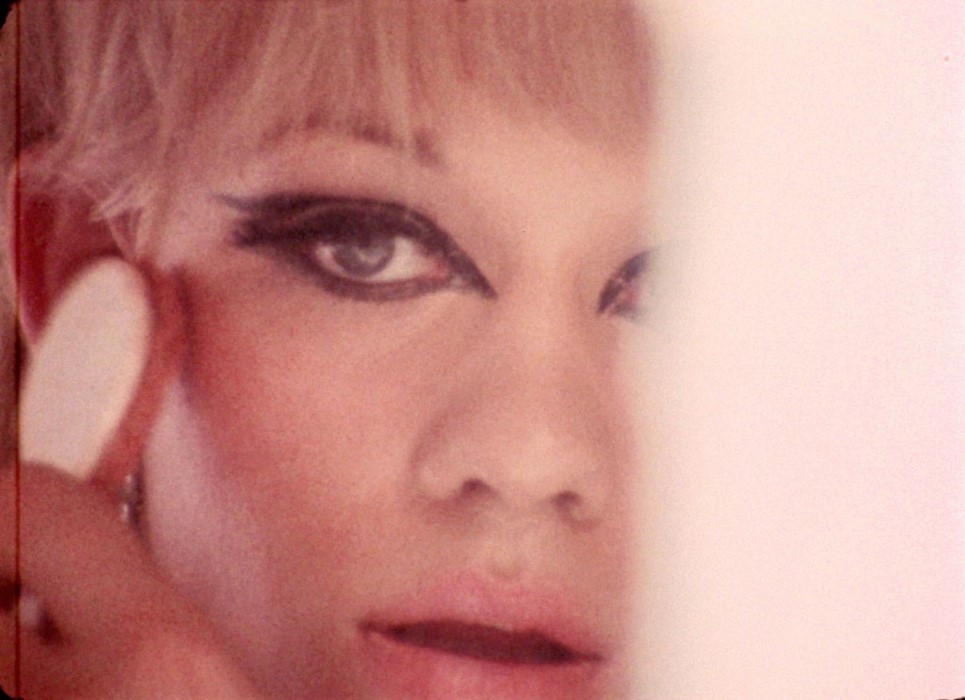
“The year previous in Boston she did a contest and all of these debutant socialite types showed up,” says Drucker. “To her, there had always been a subculture in the audience and this was the first time that there was a mainstream face there, in her words, ‘The bloom was off the rose!’” Her first New York event, and the culmination of nearly a decade throwing pageants, filming The Queen was a way of capturing her community at a specific time, before it went mainstream. In 1969, the summer of Stonewall, Flawless would throw her last pageant on Fire Island.
From the vantage point of today, post Paris Is Burning and the rise of RuPaul’s Drag Race, the formal pageantry of The Queen can read as sedate (a list of pageant rules includes: “No cruising in front of town hall!”), and there is little of the political anger of the later ACT UP movement, who fought (and still fight) for an end to the Aids crisis. In another phone interview though, drag historian Joe E. Jeffreys, who teaches theatre studies at NYU and The New School and has studied The Queen’s archival record on a Jerome Foundation grant, points out that this is precisely because of the extent to which the film paved the way.
“The Queen advances an acceptance of female impersonation, and homosexuality, very early. I mean it is pre-Stonewall,” he says. “I maintain that without The Queen, there would be no RuPaul’s Drag Race.” Afterwards, the scene and its values evolved. Crystal LaBeija’s protégée Pepper LaBeija would go on to star in Paris Is Burning, and as RuPaul’s Drag Race and Ryan Murphy’s FX drama Pose, now in its second season, demonstrates, their legacy remains relevant to this day.
Besides, as Jeffreys explains, some of the best insights into the pressures of the time happened not on screen but off, or at least not in the final cut of the film. Flawless had originally secured the sponsorship of the Muscular Dystrophy Association for the pageant. “I think the credibility of the Muscular Dystrophy Association helped them secure Town Hall,” says Jeffreys, “But then Lady Bird Johnson, the president’s wife, who was the head of Muscular Dystrophy at the time, got wind of it and immediately disassociated Muscular Dystrophy from this event.”
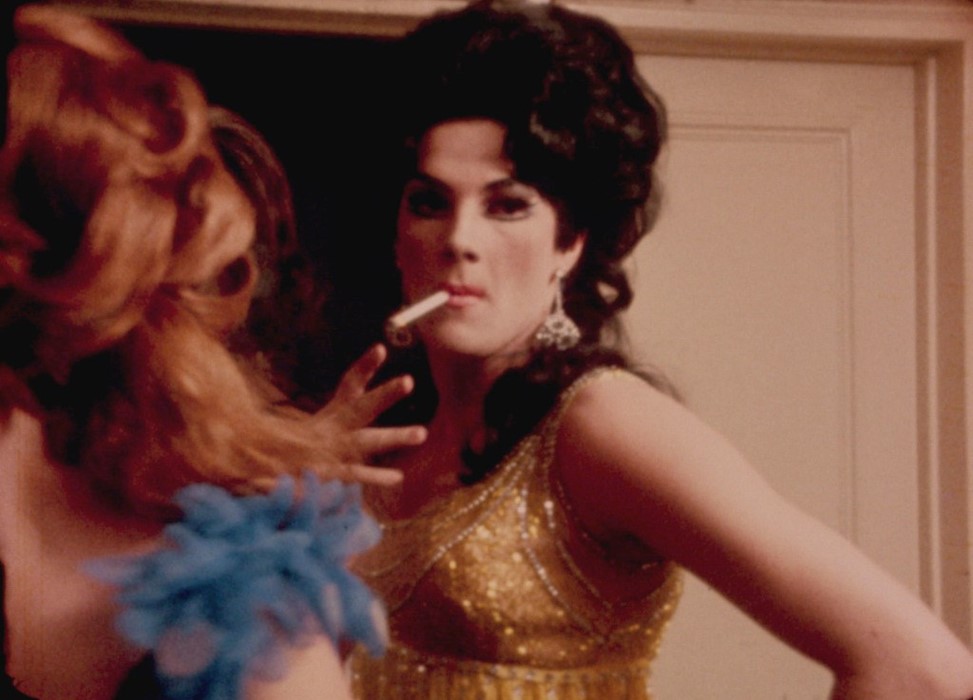
Even coordinating the afterparty was a feat. Initially planned for Paul McGregor’s house (“the guy who invented the shag haircut”), it had to be relocated to the cultural critic John Gruen’s after McGregor got scared off by the prospect of a raid. “This is still a time of raids at parties,” says Jeffreys. “And this is really actually where a lot of drag is going on, because gay bars can not be out in the open at this point in time, so a lot of drag is taking place in private homes and private parties among friends.” Attended by a who’s who of the decade – Jeffreys rattles off a list that includes the artist Larry Rivers, Warhol superstar and poet Gerard Malanga, and the author Terry Southern – the party was raided: Edie Sedgwick helped usher the police out. So why didn’t that scene make it into the film? “The reason I was told that that footage was never incorporated into the film, was because a) this was a private venue, somebody’s home, b) a lot of those people did not necessarily want to have their image associated with this event.”
Although The Queen screened at Cannes and was well-received by critics – it was one of New York Magazine’s Judith Crist’s Ten Best Films of 1969, on a list that included 2001: A Space Odyssey – it was never widely shown in cinemas and remains relatively obscure. Though a new restoration by Kino Lorber’s Bret Wood and US re-release last month, with a UK date in the works too, will hopefully change this. Despite this, it has come to occupy a unique place in New York City mythology.
“The Queen was a Samizdat in the New York City gay community for many years, a thing that’s passed from hand to hand underground,” says Jeffreys. Both he and Drucker can remember renting it from Kim’s Video & Music store, the now-defunct New York institution beloved for its esoteric curation and idiosyncratic sensibility, and one of the few places that stocked the film. It makes a cameo as a film poster in John Waters’ Pink Flamingos, and Frank Ocean sampled Crystal LaBeija’s audio from the film for an interlude in his 2016 album Endless.
“Largely [queer history] is an oral history,” says Drucker. “So I think any landmark we can anchor ourselves in the present with is crucial. Letting people know that they’re a part of something, of a legacy of resistance, survival, and that we’re not alone through history.”

Flawless too, was not famous, but she was a New York City character, and herself as much a landmark for queer history as the film. “Flawless was friends with everybody from Truman Capote to Hillary Clinton,” says Jeffreys. “When he passed away it was immediately clear that a major figure was gone.” At the outset of The Queen we see Flawless coordinating the pageant from her apartment, and she’d go on to live at the same East 73rd street address, right off Central Park, until she died. Artforum’s Rhonda Lieberman, upon paying it a visit during the 2014 Whitney Biennial for a tarot reading, described it as, “A pre-war lair befitting bohemian royalty. Kind of like a Warhol-era Victorian-meets-camp womb covered with archaeological layers of groovy artifacts.” Flawless even did the reading with cards gifted to her by William Burroughs.
In The Queen, Flawless can at times be spiky, angular. “Jack would say, ‘I hate that person who’s on that screen,’” says Jeffreys. “Because he was not that person anymore. He saw that presentation as kind of harsh and biting, catty and whatever. Jack was a different person by the time I met him, he was warm and open and inviting, and helpful and mystical and everything.”
When Drucker first met Flawless in 2001, she was 18 and too poor to afford a ticket to the East Village drag festival Wigstock. “I hung around outside and photographed people coming in and out, and Flawless was so gracious,” she says. “I remember she pointed her finger into my lens and said, ‘You’re on the wrong side of the camera kid.’” Flawless was the first genderqueer elder Drucker met, her first reflection of a possible future. “It was such a revelation. And it was a way of picturing myself in the future and realising I can live a full and complete life.”
“Jack was a mentor to many, many people,” says Jeffreys. “They’re always talking about the people that we lost to Aids and there being no mentors, well, there were still a few out there if you were looking, and Jack was one of those people.”
